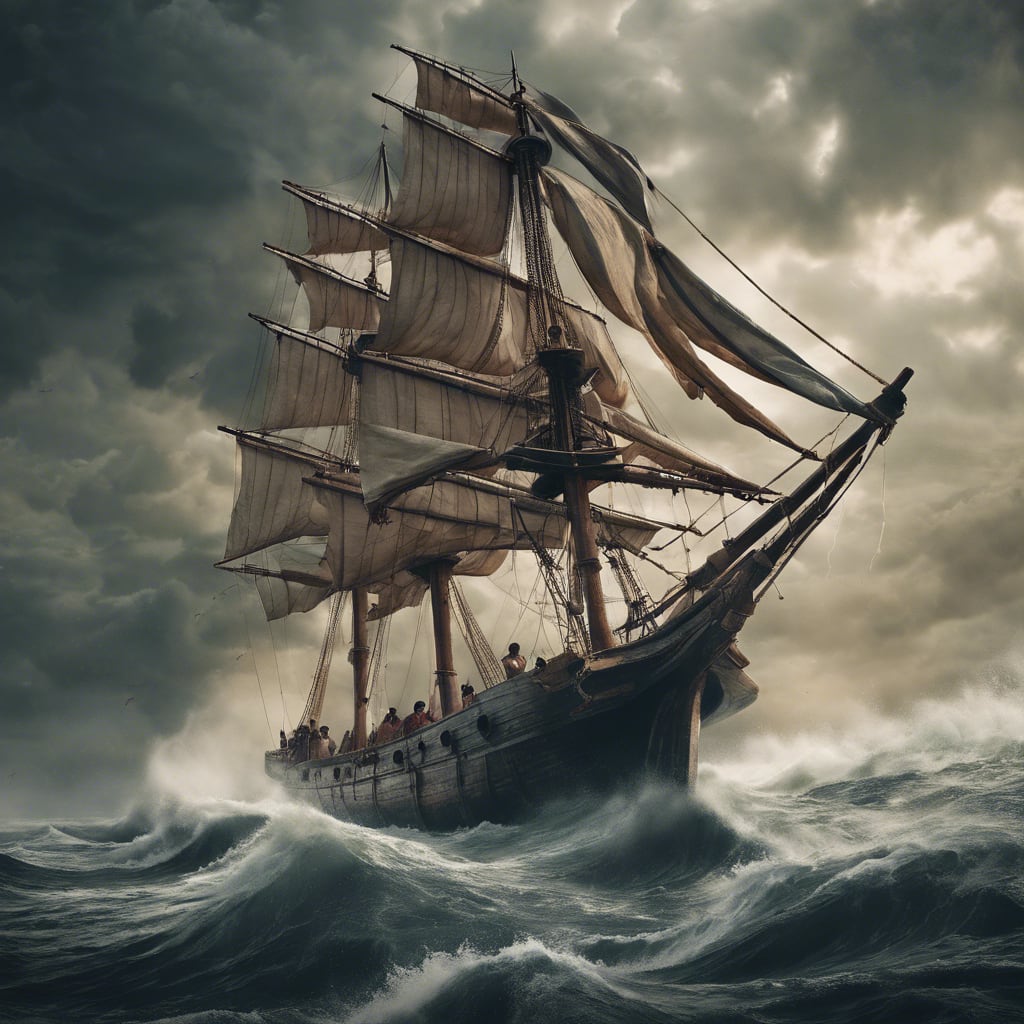Bengali Sailors and Their Expedition to Australia: An Untold Story
An Untold Story of Bengali Sailors and Their Australia Expedition

While Bangladeshi outsiders began getting comfortable Australia something like a long time back, our association with Australia goes back north of two centuries. This relationship was produced through sea journeys well before long-lasting settlements were laid out.
Individuals of Bangladesh, generally connected to streams and oceans, were adroit at building enormous, wooden, sail-fueled ships. These vessels conveyed products across tremendous seas, laying out Sonargaon in Narayanganj as an eminent worldwide waterway port. Voyagers from the Center and Far East every now and again docked here, with popular Moroccan pilgrim Ibn Battuta visiting Sonargaon in 1346, praising its flourishing oceanic exchange. Afterward, Chinese explorer Mama Huan (1406) and English voyager Ralph Fitch (1586) reported its flourishing. Sonargaon's notoriety for muslin spread worldwide from this clamoring port.
With a broad organization of waterways interfacing with the ocean, numerous daring spirits from Chittagong, Sylhet, and Noakhali became prepared mariners, abandoning conventional cultivating. By the eighteenth 100 years, English dealers, participating in exchange by means of ocean courses, started utilizing these gifted Bengali mariners, known as Lascars, on their boats. By the last part of the 1700s, these mariners were navigating different worldwide waters, including journeys to Australia.
In 1796, English business people William Clark and Robert Campbell, situated in Kolkata, chose to extend their business to Sydney, Australia. They bought an old Bengali boat, renaming it 'Sydney Bay' for the excursion. This boat, recently known as 'Begum Shah,' had regularly gone among Kolkata and Center Eastern ports. Sydney, laid out just twelve years sooner in 1788, was a youngster settlement with a populace of around 1,500, depending vigorously on provisions from Britain and Indian ports.
On November 10, 1796, 'Sydney Bay' set forth from Kolkata to Port Jackson, Sydney, loaded down with food, drinks, and different family merchandise. While English officials captained the boat, the team contained predominantly Bengali mariners. As the boat navigated the Indian Sea, it experienced the violent waters of the Tasman Ocean. 90 days into the excursion, everything went awry as the boat's old frame broke, flooding it with seawater. The group figured out how to direct it to the wellbeing of Safeguarding Island close to Tasmania.
Acknowledging they were abandoned a long way from progress, William Clark took 16 men, including 12 Bengali mariners, and set out in a longboat towards the Australian central area. Sadly, another tempest redirected them to the barren Ninety Mile Ocean side, a long way from Sydney. Their boat destroyed, and they swam shorewards, starting a difficult 700-kilometer journey northwards.
The excursion was full of difficulties, including misleading landscape, streams to cross, and incidental encounters with native clans. Regardless of some help from nearby Aboriginals, the majority of the gathering died from depletion and starvation. After north of two months of burdensome travel, just William Clark and two others, one of whom was a Bengali mariner, arrived at Sydney. The rest surrendered to the unforgiving circumstances in transit.
After hearing Clark's nerve racking story, the Sydney lead representative dispatched two boats to safeguard the leftover group on Conservation Island. Unfortunately, one of these boats sank in a tempest, however the other effectively saved the abandoned mariners, who ultimately got back, including William Clark.
Clark recorded this trial in his journal, specifying the dauntlessness and strength of the Bengali mariners. In 1977, jumpers recuperated antiques from the 'Sydney Bay' wreck, presently showed at the Sea Gallery in Launceston, Tasmania. In 1997, a landmark in Tathra, New South Ridges, remembered the 200th commemoration of this undertaking, respecting the courage and battles of these early sea pioneers.
This less popular episode in sea history features the crucial pretended by a gathering of brave Bengali mariners in spanning associations between far off lands a while back. Their story stays a piercing sign of the getting through soul of experience and flexibility implanted in Bangladesh's oceanic legacy.
About the Creator
Enjoyed the story? Support the Creator.
Subscribe for free to receive all their stories in your feed. You could also pledge your support or give them a one-off tip, letting them know you appreciate their work.






Comments
There are no comments for this story
Be the first to respond and start the conversation.